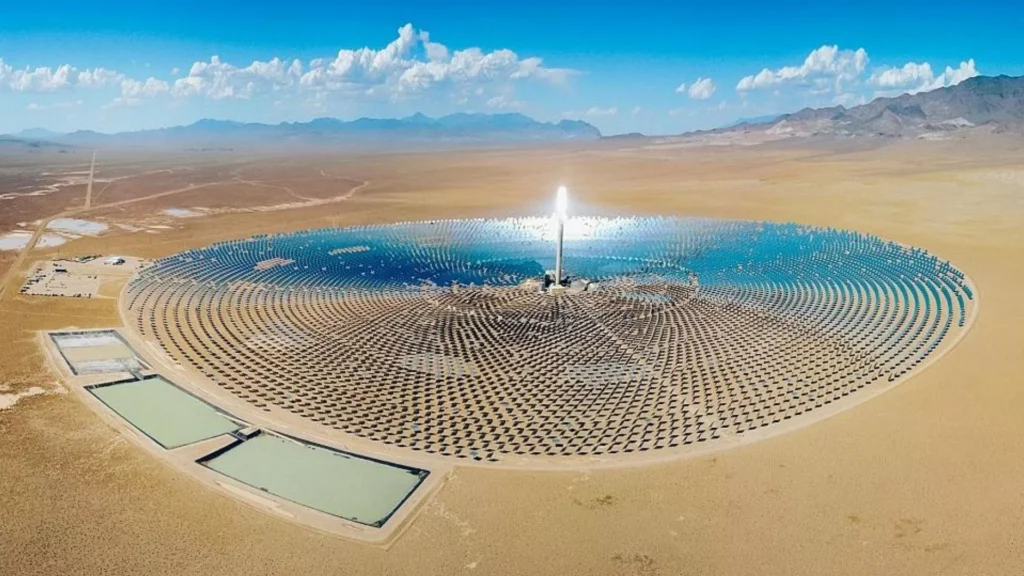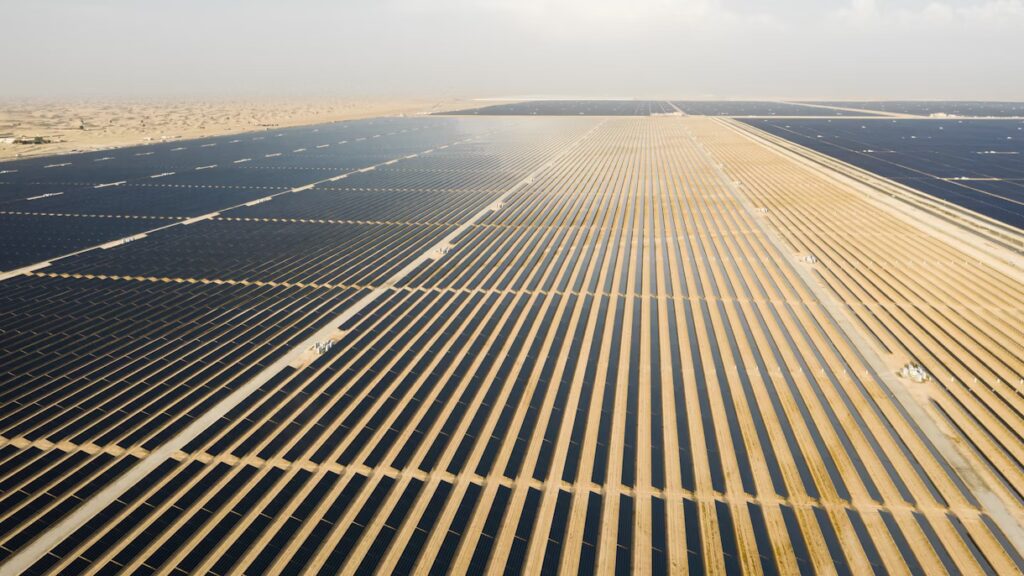The world’s renewable energy capacity is poised for extraordinary growth over the next decade, with projections showing it will more than triple, from 3.42 terawatts (TW) at the end of 2024 to a staggering 11.2TW by 2035. That’s the key finding from GlobalData’s latest Renewable Energy Outlook, which highlights a global surge in clean energy investment, policy support, and technological innovation.
While the projected compound annual growth rate (CAGR) of 11% between 2024 and 2035 marks a slight deceleration from the 16% seen between 2015 and 2024, the scale of expansion remains remarkable. The report underlines a decisive global pivot toward cleaner, more sustainable energy sources amid rising concerns over climate change, energy security, and fossil fuel dependence.
According to the report, solar photovoltaic (PV) technology will continue to lead the charge in renewable energy growth, contributing the largest share of new capacity additions. Solar PV represented approximately 56% of total installed renewable capacity in 2024, a figure set to grow steadily in the coming years. Its scalability, affordability, and adaptability make it an increasingly attractive solution for both utility-scale power producers and residential consumers.
“Solar PV technology has emerged as one of the fastest-growing and most impactful renewable energy sources in the world,” the report states. “The increased demand across residential, commercial, and industrial sectors reflects a broader shift in how consumers and governments approach clean energy adoption.”
The affordability of solar PV has improved dramatically in recent years, thanks to advances in panel efficiency, manufacturing, and storage technologies. Coupled with public subsidies, net-metering schemes, and growing awareness of environmental issues, solar PV is now often the most cost-effective option for new electricity generation in many parts of the world.
Second to solar, wind energy, both onshore and offshore, continues to play a pivotal role in the renewables mix. In 2024, wind contributed about 33% of global installed renewable capacity. While its growth is expected to be more moderate compared to solar, wind power remains a crucial component of the clean energy transition, particularly in regions with favourable wind conditions and established infrastructure.
Onshore wind projects benefit from lower development costs and shorter lead times, while offshore wind farms are gaining momentum in Europe, Asia, and North America due to their vast energy potential and capacity to support grid stability.
China remains the clear leader in renewable energy investment and development. The country reported a staggering $155.7 billion in new investments in solar PV and $113 billion in wind energy in 2024 alone. This aggressive expansion aligns with Beijing’s strategy to achieve peak carbon emissions before 2030 and carbon neutrality by 2060.
With vast domestic manufacturing capabilities and supportive policy frameworks, China has become both the world’s largest producer and consumer of solar and wind technologies. Its leadership is also influencing energy trends across Asia and beyond, prompting neighbouring nations to follow suit in scaling up renewables.

The transition to renewable energy is not just market-driven. It is also being propelled by comprehensive government policies, climate targets, and international agreements such as the Paris Accord. Nations are increasingly offering incentives for clean energy investments, tightening emissions standards, and phasing out subsidies for fossil fuels.
According to GlobalData, the rising demand for clean electricity, along with public pressure to decarbonise, has created fertile ground for investment in renewable technologies. Investors are responding by directing capital into green infrastructure, clean tech innovation, and next-generation energy storage systems.
The report paints a compelling picture of a future dominated by renewables, where clean energy is not just a climate imperative but an economic advantage. Solar PV, in particular, is positioned as a keystone technology, vital for providing scalable, low-cost power without depleting natural resources or polluting the environment.
“The need for energy security, stability, and environmental protection are the primary factors driving governments to promote and develop renewable energy sources,” the report concludes. “Solar PV is acknowledged as a crucial solution for meeting the growing global energy demand while preserving the planet for future generations.”
As 2035 approaches, the global energy landscape will look radically different. Fossil fuels will still play a role, but the dominance of coal and natural gas is waning as renewables become increasingly competitive and widespread. With solar and wind leading the way, supported by advanced battery storage, grid modernisation, and green hydrogen development, the world is heading toward a cleaner, more resilient energy future.
The challenge now lies in sustaining this momentum, ensuring that political will, financial backing, and technological progress keep pace with the urgent need to decarbonise. If the current trajectory continues, the world will not only achieve but likely surpass, the clean energy milestones once deemed ambitious just a few years ago.



